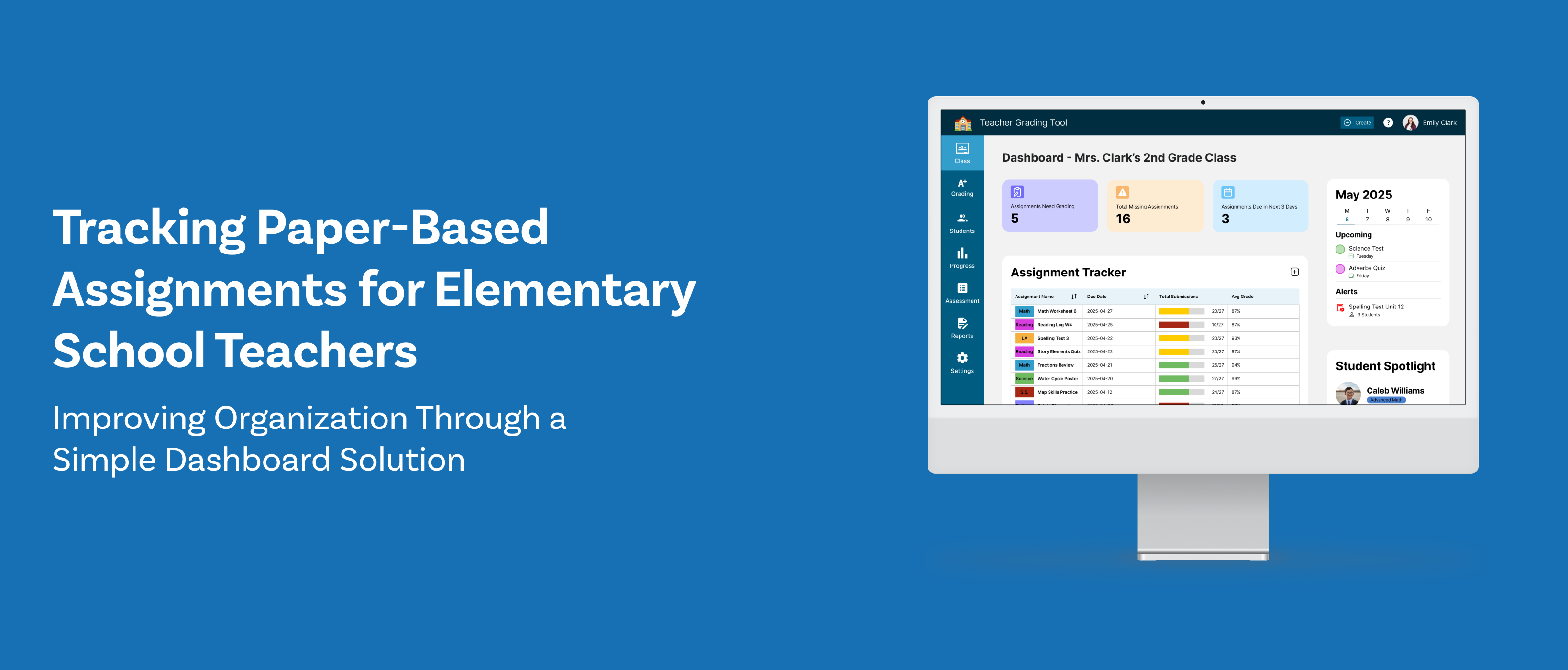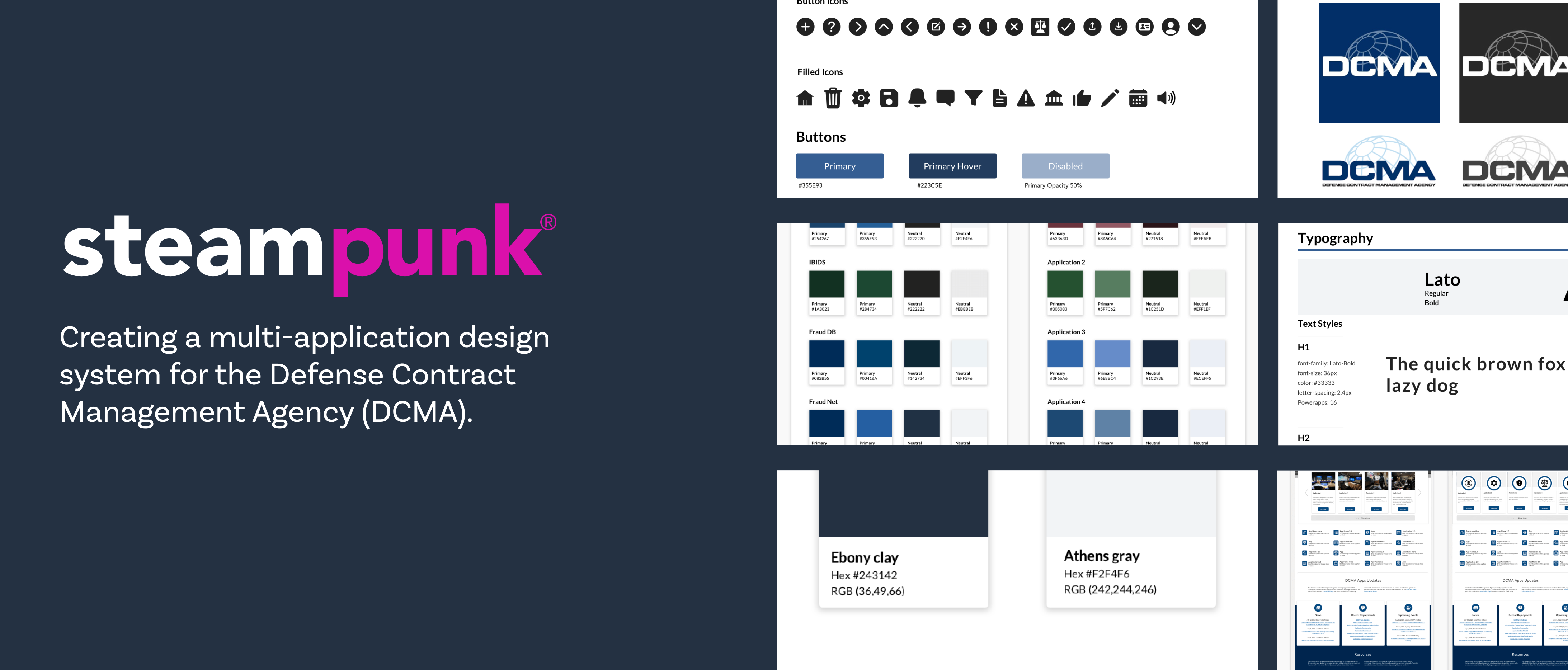Challenge
Many college-age students struggle to maintain consistent exercise routines due to a lack of motivation and the absence of engaging, long-term solutions. While evidence-based programs like FitEx exist, they often lack engaging and enjoyable ways to encourage participation. Many students find traditional fitness approaches uninspiring and struggle to incorporate exercise into their daily lives.
Goal
Create a mobile game that motivates users to increase their physical activity by merging the principles of goal setting, self-monitoring, and multi-tier feedback with an engaging farming simulation theme. This game will encourage users to exercise more and foster a sense of community among players.
Process
- Surveyed Virginia Tech students about fitness and gaming preferences
- Analyzed findings to uncover user needs
- Defined key features based on user feedback
- Created a primary persona and storyboard
- Developed low-fidelity sketches and digital wireframes
- Designed game flow that merged fitness goals with farming simulation
- Collaborated on game development in Unity
- Conducted user testing sessions for feedback
User Research Highlights Essential Features for Exergames
We surveyed Virginia Tech students to better understand the target demographic’s habits and attitudes towards exercise and gaming. We also conducted research on exergames and farming simulation games.
Based on our analysis, we discovered the following key features that users want:
Based on our analysis, we discovered the following key features that users want:
Design Requirements Defined by the team
Blending Farming and Fitness for an Engaging Experience
With the key features in mind, the team has integrated the following elements into the game:
Integrated Step Tracking
Syncs with fitness devices to monitor daily activity, seamlessly incorporating exercise into the gameplay experience. Set personalized fitness goals, track your progress, and customize targets
Using steps to grow your farm
This feature tackles the challenge of maintaining exercise motivation by linking physical activity to gameplay. Each crop requires users to walk a specific number of steps before it can be harvested. As users play, their daily step count updates, allowing crops to grow based on steps taken. This encourages users to stay active, as they can directly see how their walking impacts their farm. Once they’ve walked the necessary steps, they can harvest the crop, making fitness both rewarding and enjoyable.
Interactive Challenges for single-player mode
Daily and weekly challenges motivate users to increase their physical activity while progressing in the game.
Complete weekly Challenges with friends
Features that allow users to connect with friends and compete in challenges, fostering a sense of community and friendly competition.
Pixel/8-bit Theme
We chose a pixel/8-bit theme similar to the popular farming game "Stardew Valley" to create a fun, engaging experience while appealing to fans of classic gaming.
User testing showed that users feel motivated, but uncovered the Need for more realistic group challenge goals
The feedback gathered suggests that the game effectively encourages users to be more active. Participants expressed enthusiasm about continuing to play, indicating potential for habit change over time. However, adjustments are needed for the group challenges, as many found the goals unrealistic and struggled to balance individual progress with group objectives. Additionally, addressing the syncing issues with Google Fit is crucial.
Next Steps to Enhance the Game
1. Redesign Group Challenges: Create more achievable goals that align with individual player progression.
2. Resolve Syncing Issues: Collaborate with technical teams to improve integration with Google Fit.
3. Explore potential features that foster a stronger community among players.
Takeaways
The Iterative Design Process is important
The lack of multiple rounds of testing and feedback made me realize how important the iterative design process is. Engaging in multiple rounds of feedback and design is crucial for refining concepts, helping us gather user insights and make necessary adjustments.
Gamification Drives Engagement
Leveraging gamification principles effectively encourages physical activity, demonstrating that fun and engagement can motivate users to achieve their fitness goals. But it’s important to find the right balance so that users remain motivated without feeling overwhelmed by either aspect.
The Importance of Seamless Syncing
Real-time fitness syncing is a vital feature for exergames; any issues can create significant pain points for users, leading to frustration and reduced motivation.

